
cd_nom
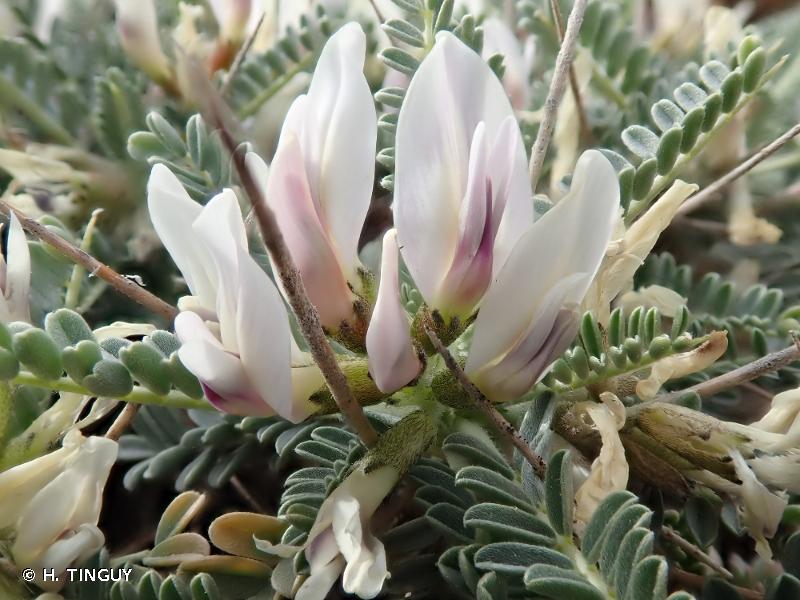
| Author : H. TINGUY |
 |
To get the picture, please visit:
Hugues Tinguy
email : inpn@mnhn.fr
Despite the Creative Commons license, please inform the author of the use which will be made of his photo
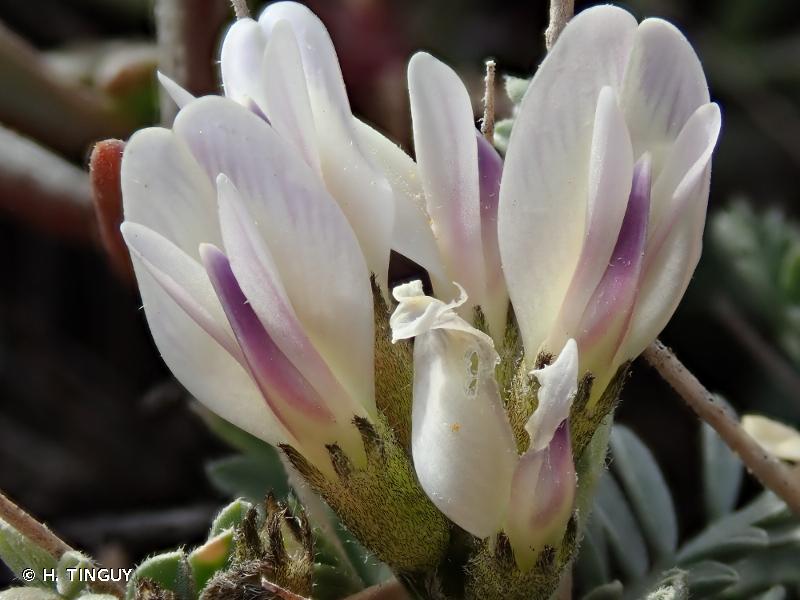
| Author : H. TINGUY |
 |
To get the picture, please visit:
Hugues Tinguy
email : inpn@mnhn.fr
Despite the Creative Commons license, please inform the author of the use which will be made of his photo
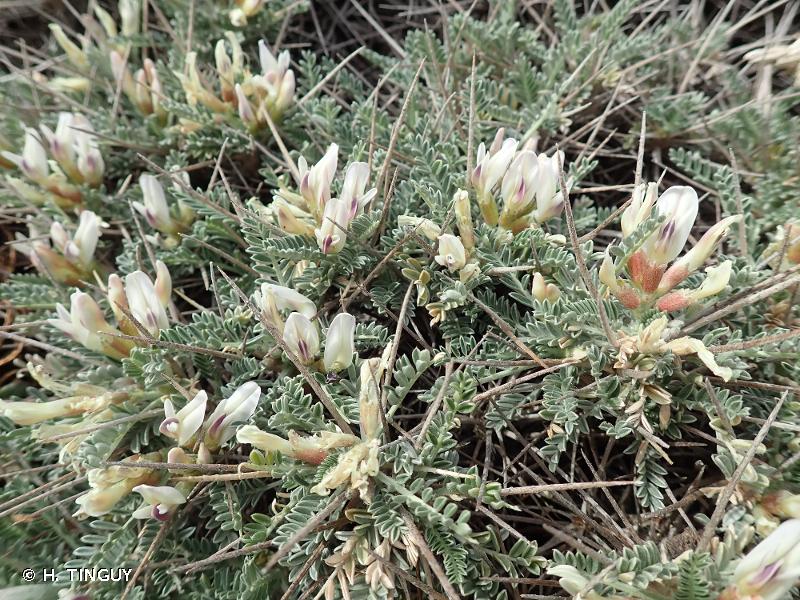
| Author : H. TINGUY |
 |
To get the picture, please visit:
Hugues Tinguy
email : inpn@mnhn.fr
Despite the Creative Commons license, please inform the author of the use which will be made of his photo
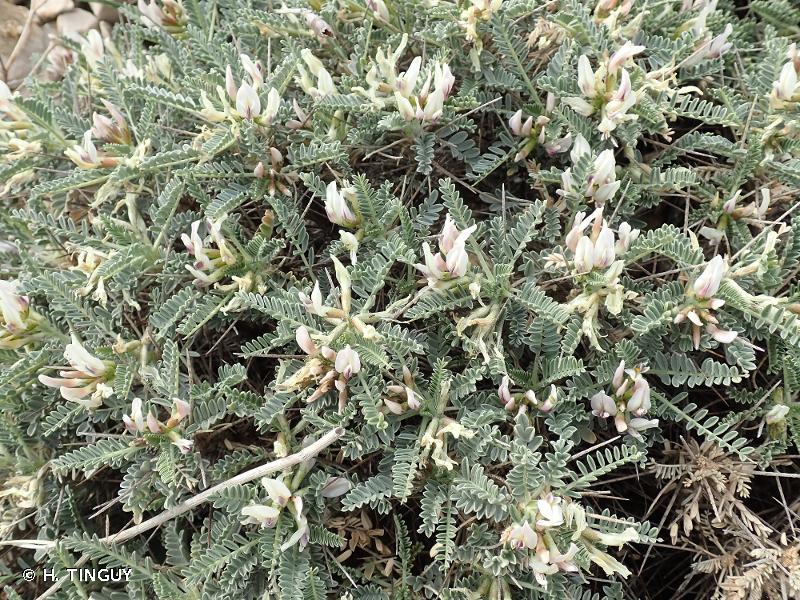
| Author : H. TINGUY |
 |
To get the picture, please visit:
Hugues Tinguy
email : inpn@mnhn.fr
Despite the Creative Commons license, please inform the author of the use which will be made of his photo
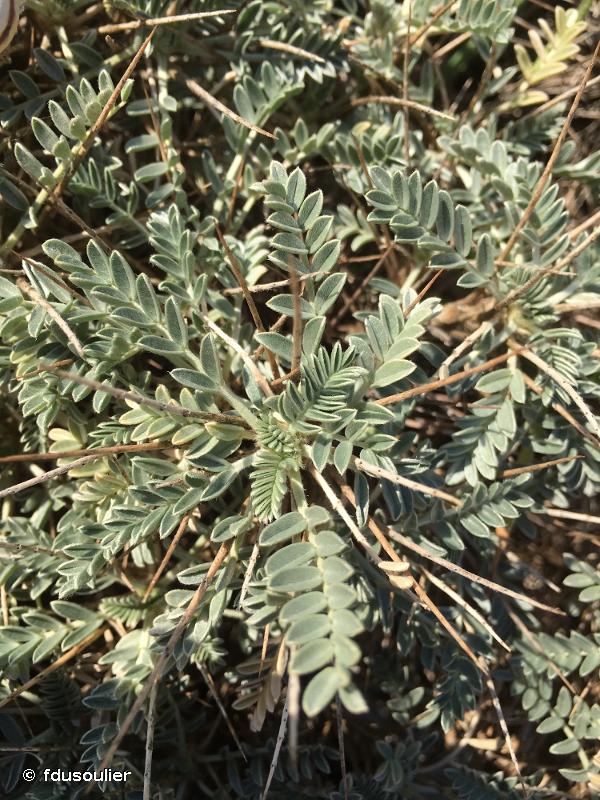
| Author : fdusoulier |
 |
To get the picture, please visit:
fdusoulier
email: inpn@mnhn.fr
Observation partagée via l'application INPN Espèces
Any reuse of one or more photographs on this site is subject to an authorization request from the author.
Link to the Code of Intellectual Property (Legifrance)
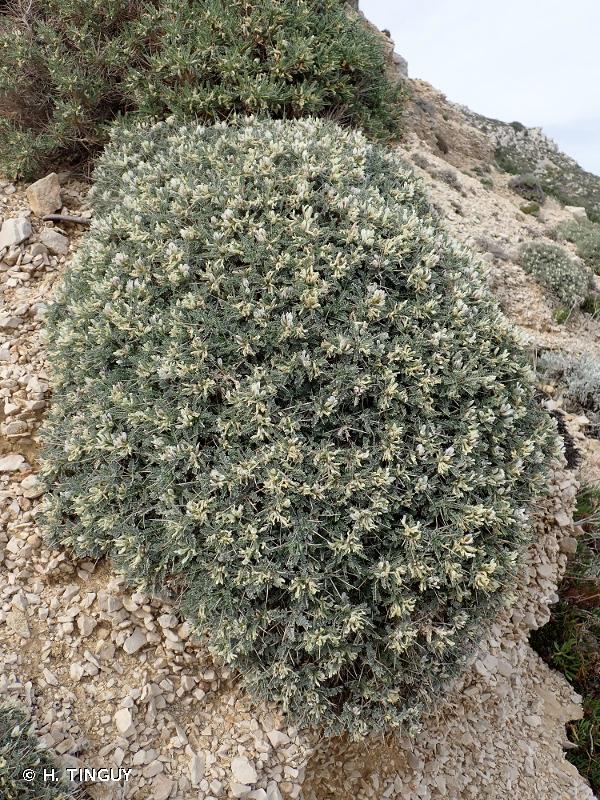
| Author : H. TINGUY |
 |
To get the picture, please visit:
Hugues Tinguy
email : inpn@mnhn.fr
Despite the Creative Commons license, please inform the author of the use which will be made of his photo
Taille
20 à 50 cm (hauteur).
Diagnose
Chaméphyte formant des coussins fortement épineux (rachis des feuilles persistant, transformé en épine), à feuilles paripennées à folioles larges de 1.5-3 mm et portant des poils médifixes (fixés par leur centre) cachant l'épiderme. Fleurs blanches, parfois tâchées de lilas clair, à dents du calice plus courtes que le tube.
Détermination
Simple.
Espèces proches
Astragalus sempervirens se distingue par ses poils basifixes et son calice aux dents plus longues que le tube (vs poils médifixes et dents du calice plus courtes que le tube chez Astragalus tragacantha). Astragalus terracianoi (plante littorale) et Astragalus greuteri (plante orophile) sont des espèces corses et corso-sardes, à folioles étroites de 0.8-2 mm de largeur à pilosité peu dense laissant entrevoir l'épiderme (vs plante strictement continentale, à folioles de 1.5-3 mm et à pilosité dense cachant l'épiderme chez Astragalus tragacantha).
Période d'observation
Floraison en mars à juin.
Biologie - éthologie
Espèce de chaméphyte (plante ligneuse basse) appartenant à la très importante famille des Fabaceae, dont la fleur est souvent typique avec ses 5 pétales modifiés en un étendard, une carène formée de 2 pétales et deux ailes. Astragalus tragacantha est une espèce hermaphrodite, entomogame, et barychore.
Biogéographie et écologie
Espèce ouest méditerranéenne à aire morcelée : littoral Provençal (surtout vers Marseille), région de l'Algarve au Portugal et Sardaigne. En France cette espèce est très localisée (Calanques et Iles de Marseille, Bec d'Aigle, Cap sicié). Elle pousse sur les rocailles ou les sables soumis aux embruns.
Sources
Tison, J.-M., De Foucault, B. (coords). 2014. Flora Gallica - Flore de France, Ed. Biotope (Mèze), 1196p.
Simon Contant(Contant Simon - Botaniste Phytosociologue),2024
Continental
Metropolitan France
Overseas
Marine
Metropolitan France
Overseas
The map presents a summary at the 10 x 10 km grid of the observation data for the species transmitted to the SINP. These data have been subjected to validation filters.
The map presents a reference distribution layer of the species at the scale of departments and marine sectors. The presence and absence data were established by expertise within a network of partners. This reference distribution is used in the validation process of the SINP data at the INPN level.
Corresponds to a report on the basis of at least one observation proved within a period of 10 years (20 years for little-known invertebrates) preceding the year and no presumption of extinction since obtaining the last data nor doubt on reproductive and implemented nature of this population. For migratory species, the presence indicated concerns areas of reproduction.
This status is based on one or more of the following criteria:
This point covers the absence, more difficult by nature to demonstrate than presence. This status is based on one or more of the following criteria:
This status must be assigned to a department in which the presence of the species is casual.
Particular case of absence due to a proven extinction less than a half century ago (older disappearances are treated as "no probable or definite").
In the state of knowledge, we can not comment on the presence or absence in the current department. This is the default status when not comprised in one of the previous categories or whenever there is doubt.
The map shows the global distribution of the species based on GBIF data (Global Biodiversity Information Facility).
